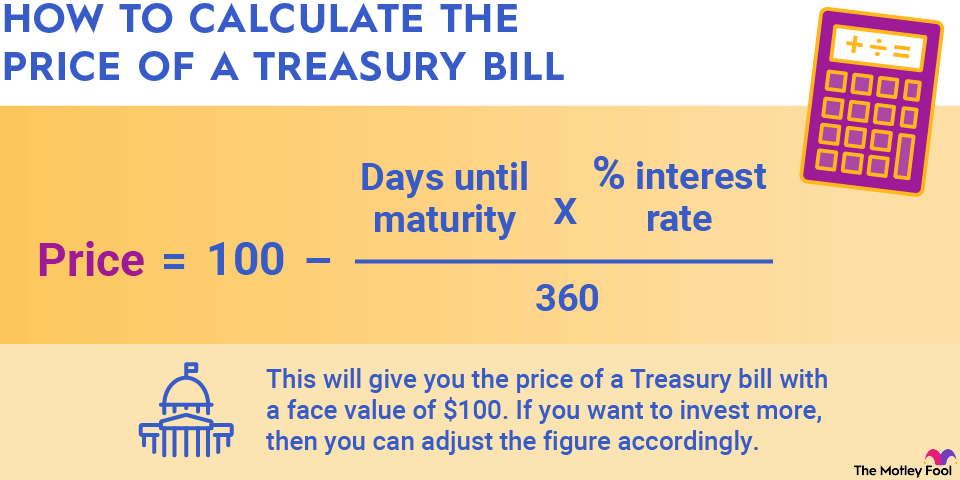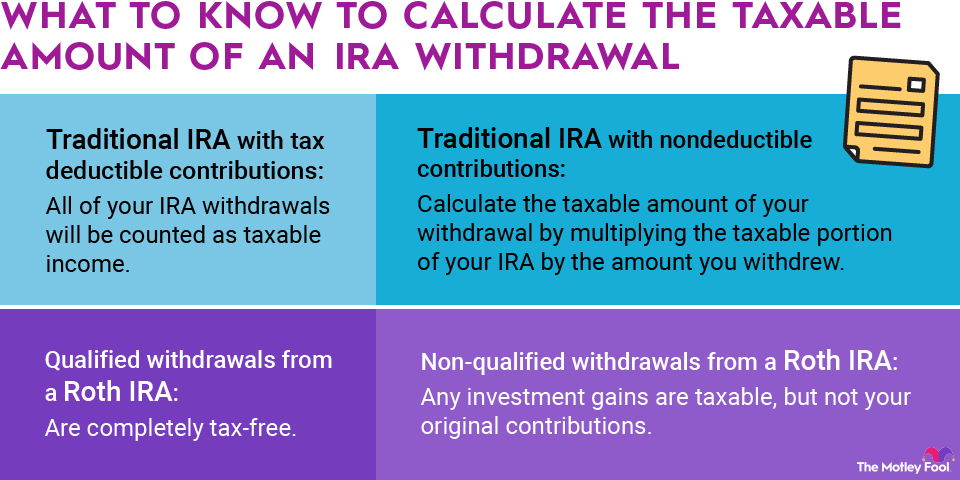For anyone interested in analyzing and assessing a company's performance, calculating percentages of total revenue -- or using the percentages that have been calculated for you -- can be very useful. In the following article, we'll take a look at how and why an investor calculates percentages of total revenue. If you're interested in learning more about stocks, head over to our broker center to get started!

First, why would you want to calculate percentages of total revenue?
Let's imagine that you want to compare the profitability of Apple and wearable fitness device maker Fitbit:
- During the trailing-12-month period to Sept. 26, 2015, Apple generated an operating income of $71.2 billion.
- During the trailing 12 months to Sept. 30, 2015, Fitbit generated an operating income of $310.7 million.
On seeing those figures, you might conclude your analysis with the following observation: "Apple's operating profit exceeds that of Fitbit by a factor of 229 (= $71,230/ $310.7). I guess that settles the matter of who is more profitable."
Observing the difference in magnitude between the two numbers is not altogether uninteresting, but you're bound to feel that such an analysis is incomplete. We understand immediately that the difference between the two dollar amounts owes more to the difference in size between the two companies than to their profitability, per se.
How to calculate percentages of total revenue
Scaling each company's operating profits to its revenue allows us to make a better like-for-like comparison with regard to company profitability. In fact, when we think of profitability, one of the first notions that comes to mind is that of profit margin, which is nothing other than that dollar amount of profits expressed as a percentage of total revenue:
Operating profit margin (%) = Operating profit / Total revenue
In this case, we obtain:
Apple's operating profit margin = $71,230 / $233,715 = 30.5%
Fitbit's operating profit margin = $310.7 / $1,516.6 = 20.5%
We now see that, even as a percentage of revenue, Apple is more profitable than Fitbit, and on the basis of operating profits, we could also compare the percentages for net profits. A simpler way to say this is that Apple's operating profit margin is higher than Fitbit's (by half!).
If we want to dig down to try to understand how Apple achieved that higher margin, we might want to compare different categories of cost for the two companies, such as cost of goods sold, or selling, general, and administrative costs (SG&A).
If we look at absolute dollar amounts, we'll run into the same problem as we previously did: Apple's trailing 12-month cost of goods and services was $140.1 billion; Fitbit's was $793 million. Comparing those two figures doesn't tell us very much.
Related investing topics
You can start to see why analysts often use what is known as a common size income statement (link opens PDF), in which every item on the income statement is expressed as a percentage of total revenue. The common size income statement is a very powerful tool.
The following table, which is part of a valuation analysis that Hanover Foods Corporation filed with the SEC, shows that, in addition to facilitating comparisons between companies, the common size income statement is also useful for comparing a single company's performance over time:

You can see that calculating percentages of total revenue is a powerful analytical technique in the fundamental analysis of companies. In practice, analysts rarely perform the calculations themselves, as any data provider worth its salt will provide those percentages.
For example, the following screen shot shows that Morningstar enables you to toggle between a standard income statement with amounts expressed in dollars -- or rather millions of dollars -- or a common size income statement:


















